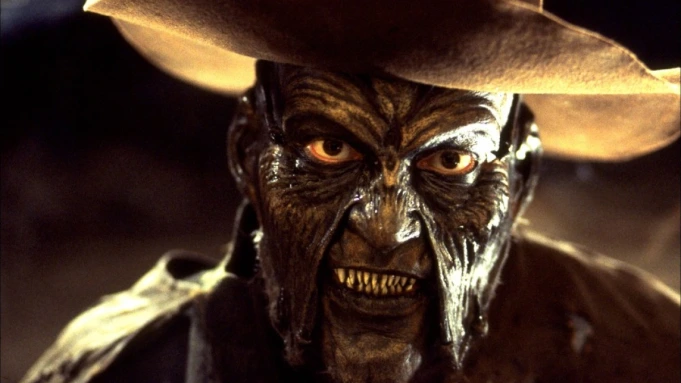Gremlins: Agents of Chaos
- Sep 16, 2022
- 3 min read
Updated: Oct 17, 2022

Popularized by Steven Spielberg’s 1984 movie, Gremlins are creatures from folklore originating in the early 20th century. Their beginning is a rather entertaining one, contrary to the relatively terrifying origins of most creatures and monsters we will be looking at in later entries. There are many variations of gremlins in terms of appearance, but all share one thing in common—they enjoy wreaking havoc on people.
World War II and Gremlins
The first accounts of gremlins dates back to World War II, serving as an explanation for technical difficulties and dangerous manufacturing errors in aircrafts. Coined by the British Royal Airforce, gremlins were described as impish creatures living in the beds and internal compartments of planes. Statements made by pilots in service reference how gremlins would:
Steal equipment and tools
Disassemble parts of planes and other aircraft
Torment pilots to cause crashes or missed targets
Break machinery and vehicles
Posters and cartoons were often made around airforce bases depicting these mischievous creatures with screwdrivers, axes, and other equipment used to disassemble or destroy. These posters would often highlight safety tips and rules for those in service, such as wearing safety goggles and making good design choices. Gremlins in these cartoons primarily looked clown-like, or they resembled foot tall men with green or silver skin. Gremlins were used by most RAF servicemen as an excuse for problems or mistakes within the units.
Roald Dahl’s Version
In 1943, two years before the war had officially ended, gremlins were first introduced for general public entertainment in the form of a book by Roald Dahl. The Gremlins was written by Dahl with the intention to work with Disney to make a film, making it the first children’s book he ever wrote. Illustrated by Disney animators, the premise of the story followed a group of gremlins deciding to rebel against an airforce factory after it was built on top of their forest home. The gremlins would proceed to mess with the RAF pilots and staff, take apart planes, and cause general chaos. Disney had attempted to place a copyright on the character design and concept for the gremlins, but because they were well known among members of the RAF, it was declined.
Gremlins (1984)
Two decades after the release of the book, Warner Brothers producer Steven Spielberg decided to take inspiration from Dahl’s work and create his own version of the capricious creatures. Gremlins was released in 1984, showcasing an entirely different take on the design of the monsters and leaving out any mention of airplanes or the RAF. Instead, the gremlins of Spielberg’s film raise terror in the small town of Kingston Falls, Pennsylvania.
The gremlins depicted in Gremlins are more lizard-like in appearance, sporting scaly green or brown skin with stripe patterns and spikes. They have sharp teeth and slitted pupils, with clawed fingers and toes. The gremlins only stand two to three feet tall, and their large ears almost resemble that of a bat. The Spielberg production also differs from previous versions of the gremlins with their lore. In the movie, gremlins are said to be born from mogwai, which serves as their first form. The word “mogwai” comes from Chinese culture, meaning “demon” or “evil spirit”.
In order for a mogwai to turn into a gremlin, it must eat after midnight. While it is unknown in accordance with time zones what exactly constitutes midnight, theories point to whatever time zone the mogwai is currently in as the baseline. Once food is eaten, the gremlin enters a chrysalis state, where they will emerge as a full gremlin. One important fact to note is that, once a mogwai has become a gremlin and gets wet, it reproduces to create more gremlins rather than mogwai, thus skipping the cycle altogether.
Gremlins are tough creatures to beat once the population increases to a considerable amount—their strength lies in numbers. However, their biggest weakness is sunlight. Gremlins and mogwai alike are harmed by bright light, so they mostly cause trouble in dark places or strike at night. Gremlins are also susceptible to everyday household weapons and appliances, such as knives, microwaves, or strange juice blenders. By arming oneself and finding a way to eliminate them before they are able to find water and reproduce, gremlins are relatively easy to defeat.
Sources:







Comments